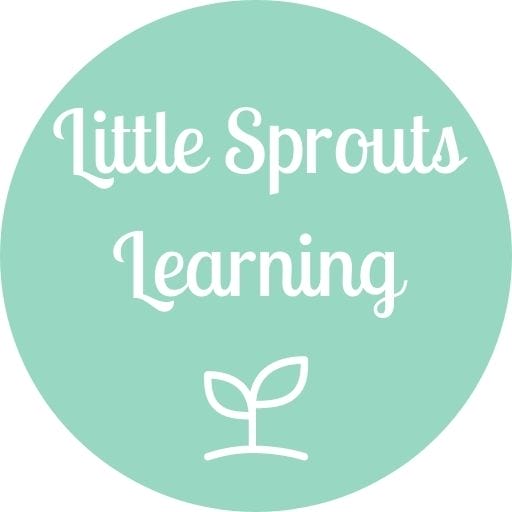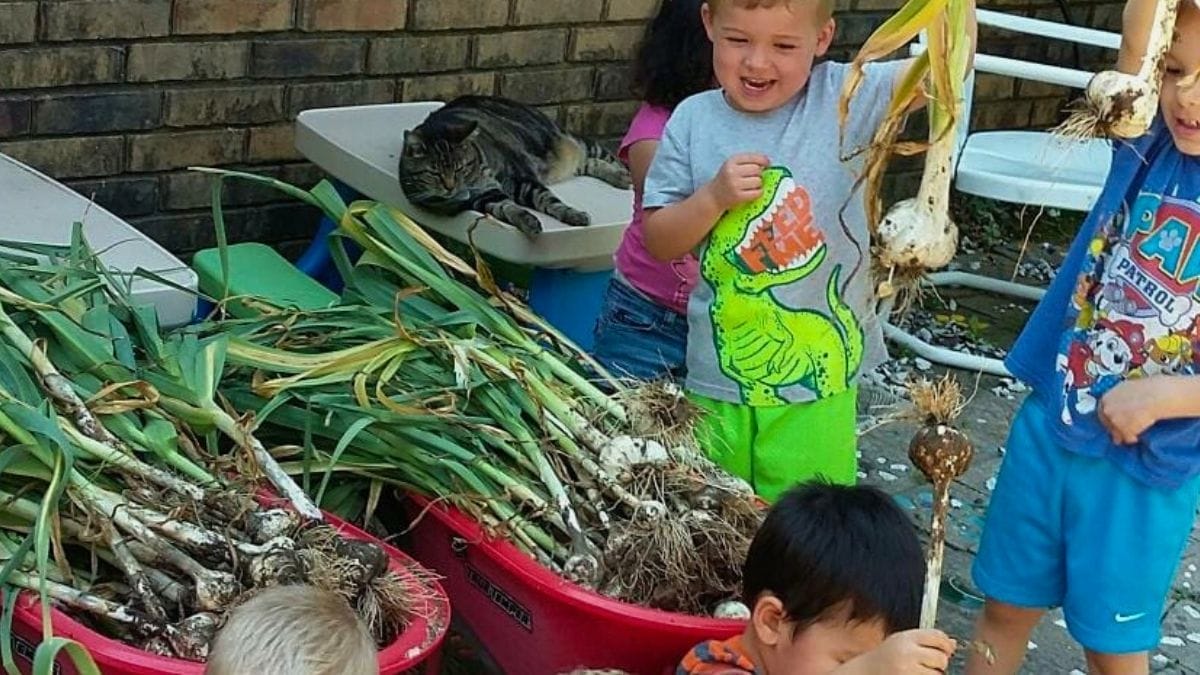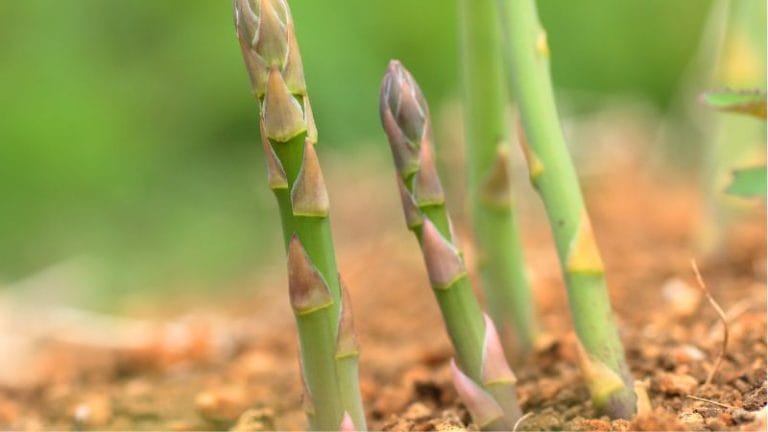Companion Plants for Garlic
This page may contain affiliate links. Learn More.
Discover the best companion plants for garlic to boost growth, repel pests, and maximize your garden harvest. Learn which plants thrive with garlic and which ones to avoid in this companion planting article.
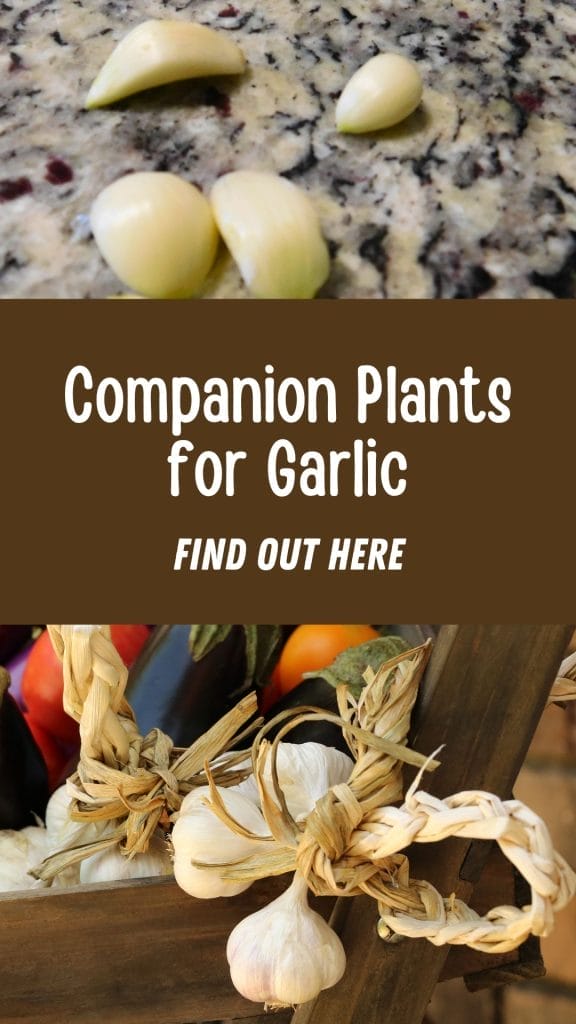
Garlic is one of the most rewarding crops to grow in the garden. It’s flavorful, easy to plant, and helps keep pests at bay. But did you know garlic grows even better when planted alongside the right companions? Pairing garlic with supportive plants can improve soil health, reduce weeds, deter harmful insects, and even enhance the flavor of your harvest.
Why Garlic Belongs in the Garden
The strong scent of garlic confuses insects and keeps harmful pests away from more delicate plants. That makes it an excellent companion plant in a mixed garden bed. By understanding which crops benefit from growing near garlic, you can maximize space, reduce pests, and boost yields.

Benefits of Companion Planting with Garlic
- Repels common pests like aphids, spider mites, cabbage loopers, and Japanese beetles
- Helps reduce fungal diseases thanks to natural antifungal properties
- Enhances the flavor of some vegetables when grown nearby
- Makes efficient use of garden space in raised beds or rows
- Provides a natural, chemical-free way to support plant health
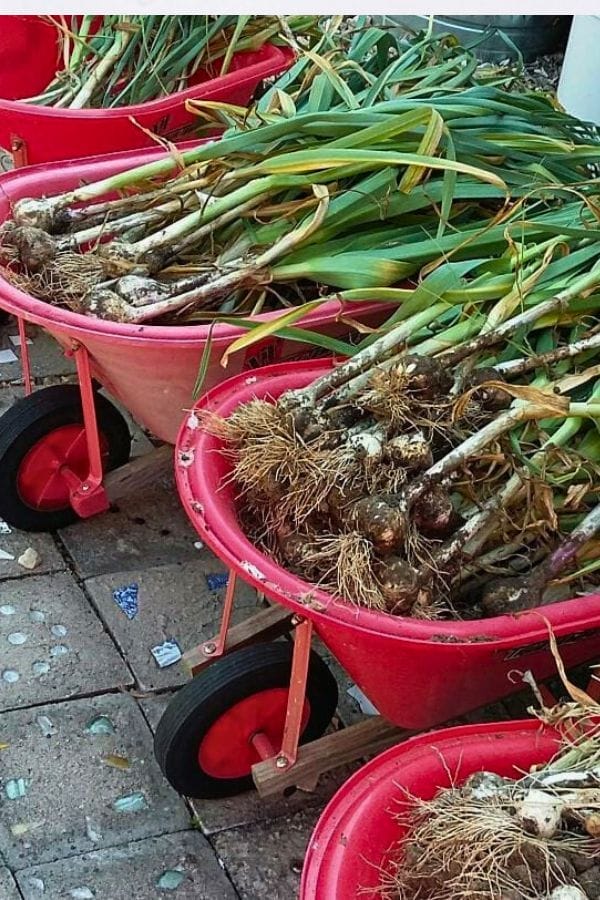
Best Companion Plants for Garlic
Tomatoes
Garlic is an excellent companion for tomatoes. The strong smell helps deter spider mites and aphids, which are common tomato pests. Planting garlic at the base of tomato plants or along the edges of tomato beds creates a natural barrier. Some gardeners also believe garlic enhances the flavor of tomatoes when grown side by side.
Peppers
Peppers and garlic make good garden neighbors. Aphids and other small pests often target pepper plants, but garlic’s strong aroma can help mask their scent. Plant garlic around pepper borders or interplant between pepper plants for natural protection.
Cabbage Family Vegetables
Members of the Brassica family, such as cabbage, broccoli, kale, and Brussels sprouts, benefit greatly from garlic. These crops are often attacked by cabbage loopers, cabbage worms, and aphids. Garlic helps repel these pests, making brassicas stronger and healthier throughout the season.
Carrots
Carrots are another crop that pairs well with garlic. The smell of garlic helps repel carrot flies, which can cause serious damage to roots. Garlic also doesn’t compete heavily with carrots for nutrients, so both thrive when planted close together.
Fruit Trees
Garlic planted at the base of fruit trees can deter borers, aphids, and other pests. The antifungal properties may also reduce fungal infections that sometimes affect fruit tree roots. Many orchard keepers scatter garlic bulbs beneath trees to act as a natural protective layer.
Lettuce and Leafy Greens
Garlic pairs well with lettuce, spinach, and chard. Its pest-repelling properties keep aphids and caterpillars at bay, which are common threats to leafy crops. Since garlic doesn’t take up much space, it can be tucked in around rows of greens easily.
Strawberries
Garlic and strawberries are a tried-and-true combination. Garlic helps deter spider mites, aphids, and fungal diseases that affect strawberry plants. Planting garlic around strawberry beds provides a healthier, more productive harvest.
Beets
Garlic is also a friend to beets. The scent keeps away certain beet pests, while the shallow garlic roots don’t interfere with beet root development. Interplanting the two can save space and reduce insect problems.

Plants That Don’t Grow Well with Garlic
Beans and Peas
Garlic can stunt the growth of legumes such as beans and peas. These plants don’t appreciate garlic’s strong root secretions and tend to grow poorly when planted nearby. It’s best to give beans and peas their own space away from garlic beds.
Asparagus
Garlic and asparagus are not good companions. Garlic may interfere with asparagus growth, especially since both are long-term crops that can compete for nutrients and space.
Sage
While garlic pairs well with many herbs, sage is not one of them. The two plants may inhibit each other’s growth when planted too close. Keep sage in a separate herb section of your garden.
How to Plant Garlic with Companions
- Plant garlic cloves in the fall about 2 inches deep and 4–6 inches apart.
- Tuck garlic along the borders of raised beds or between rows of companion crops.
- Avoid overcrowding. Garlic still needs room to grow large bulbs.
- Use garlic as a natural pest deterrent by planting it in small clusters around susceptible crops.
- Rotate garlic beds each year to avoid soil-borne diseases and keep your garden healthy.
Using Garlic as a Natural Pest Spray
In addition to planting garlic, you can also use it to make a simple natural pest spray. Crush a few cloves of garlic and soak them in water overnight. Strain the mixture and spray it directly on plants affected by aphids or mites. This spray is safe, inexpensive, and reduces the need for chemical insecticides.
Tips for Success with Garlic in Companion Planting
- Choose a sunny location with well-drained soil for the best garlic growth.
- Don’t plant garlic too close to heavy feeders like beans or peas.
- Mulch around garlic to suppress weeds and retain moisture.
- Harvest scapes (the curly flower stems) in early summer to encourage larger bulb growth. These scapes are edible and delicious in stir-fries or pesto.
- Be patient—garlic takes months to mature but pays off with both kitchen and garden benefits.
Garlic is one of the most versatile and beneficial companion plants you can add to your garden. By pairing it with crops like tomatoes, peppers, carrots, brassicas, lettuce, and strawberries, you can naturally deter pests, boost yields, and improve plant health.
Just remember to avoid planting garlic near beans, peas, asparagus, or sage. Whether you’re tending a large vegetable patch or a small raised bed, garlic makes an excellent addition that benefits the whole garden. With careful planning, companion planting with garlic can help you grow a healthier, more productive, and more sustainable garden.
